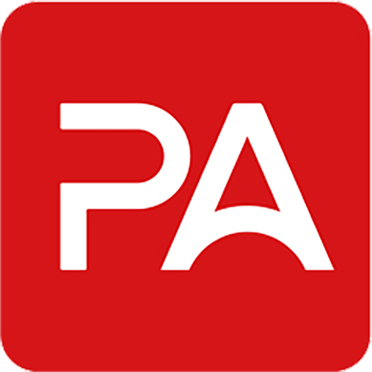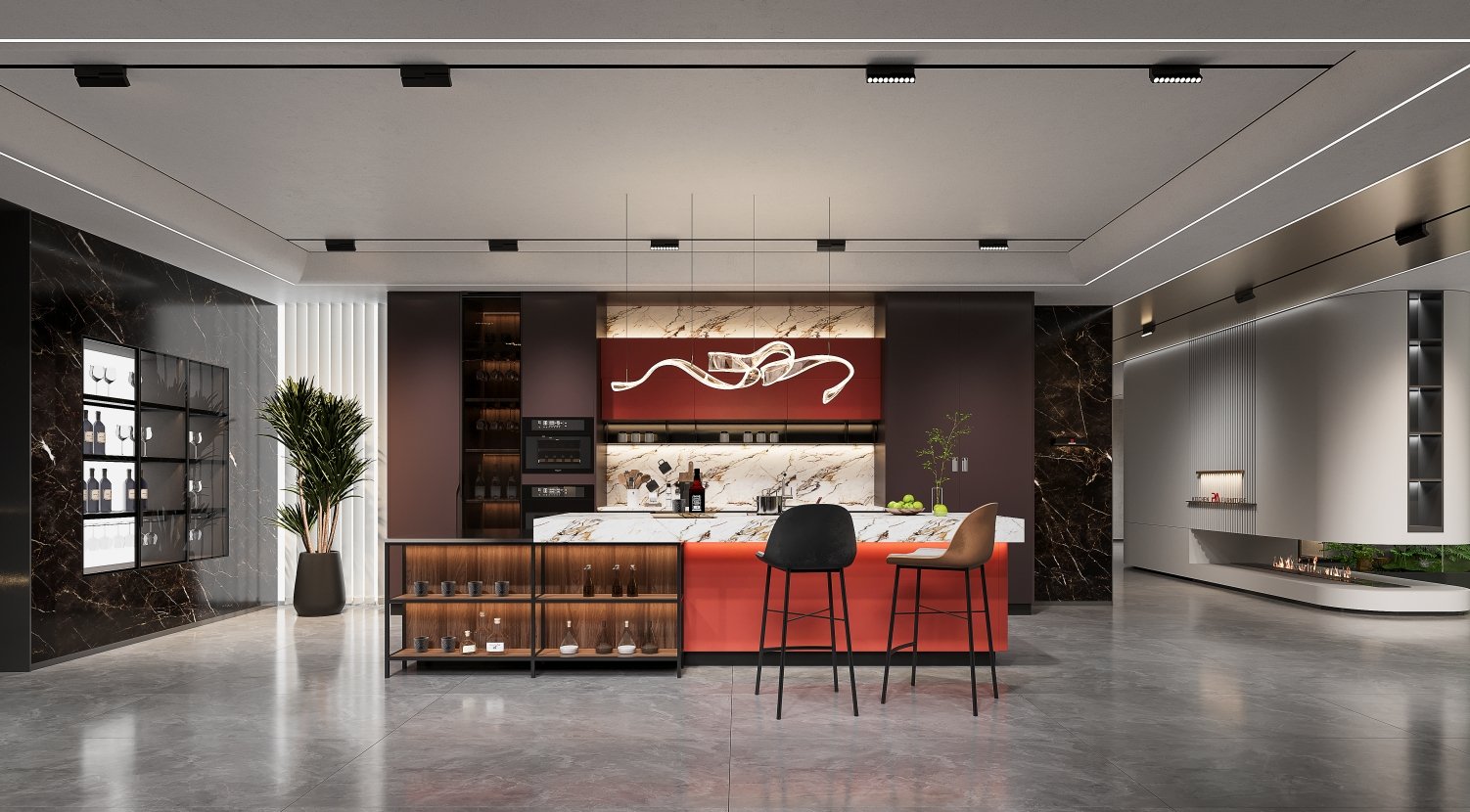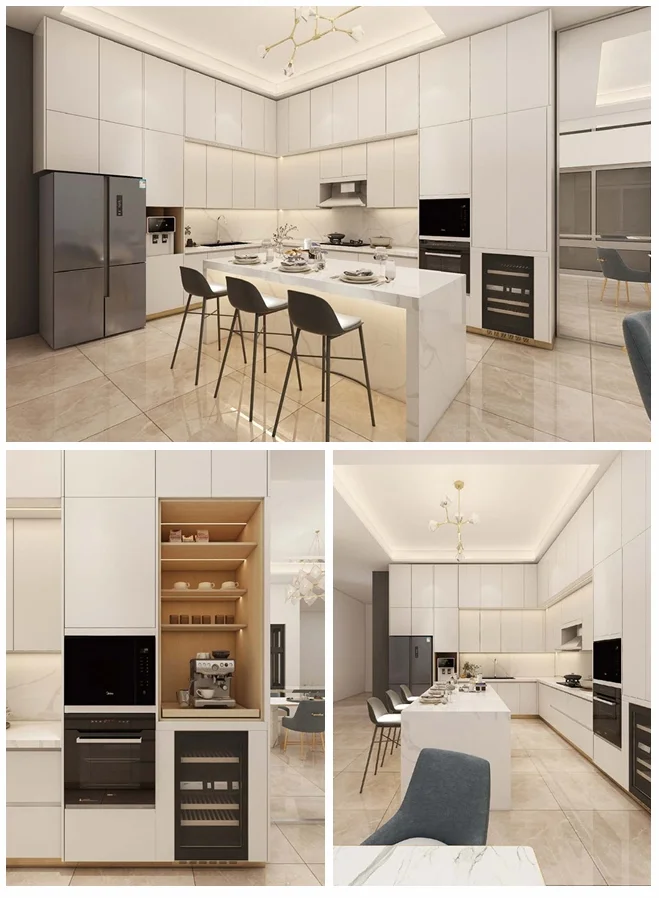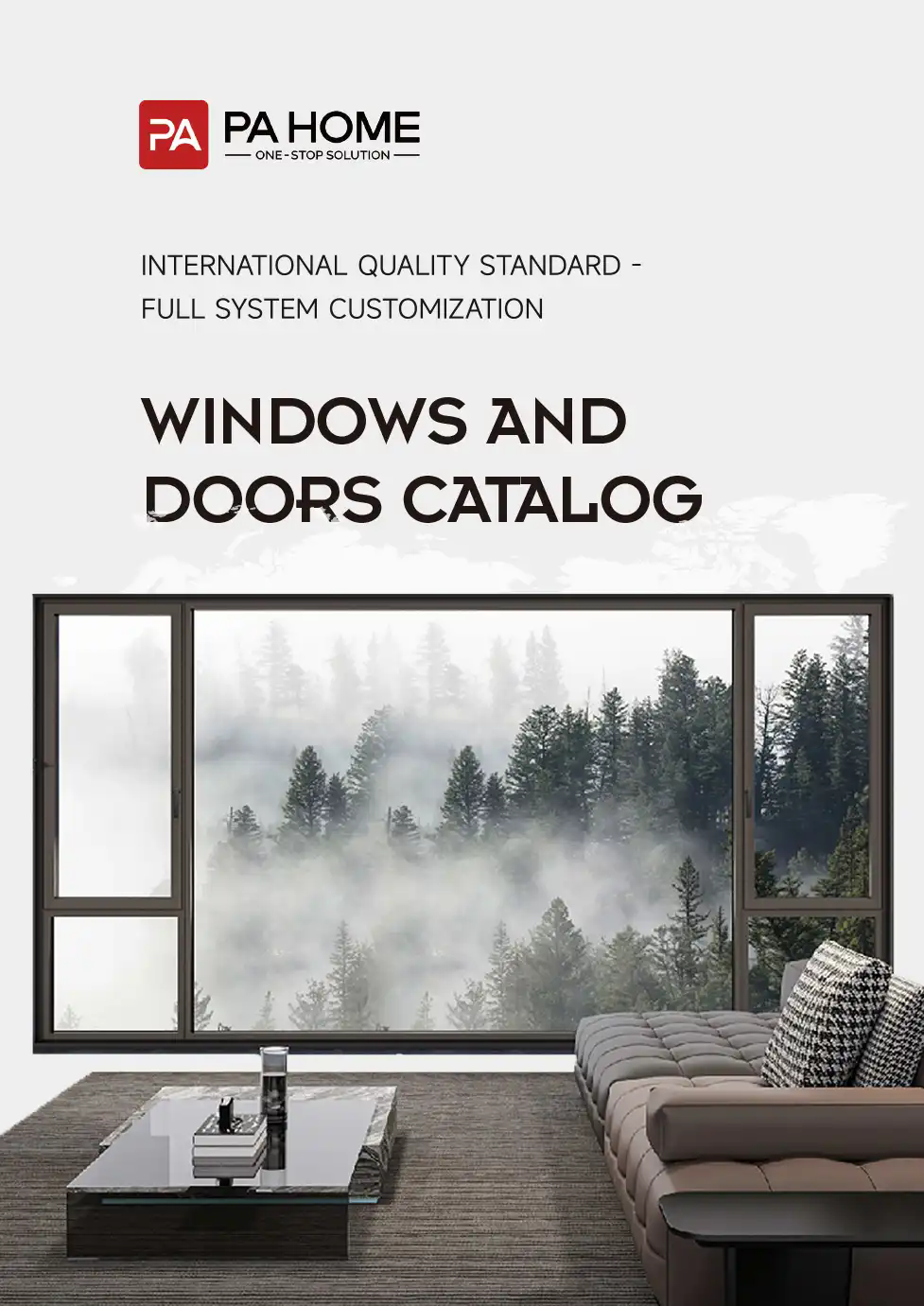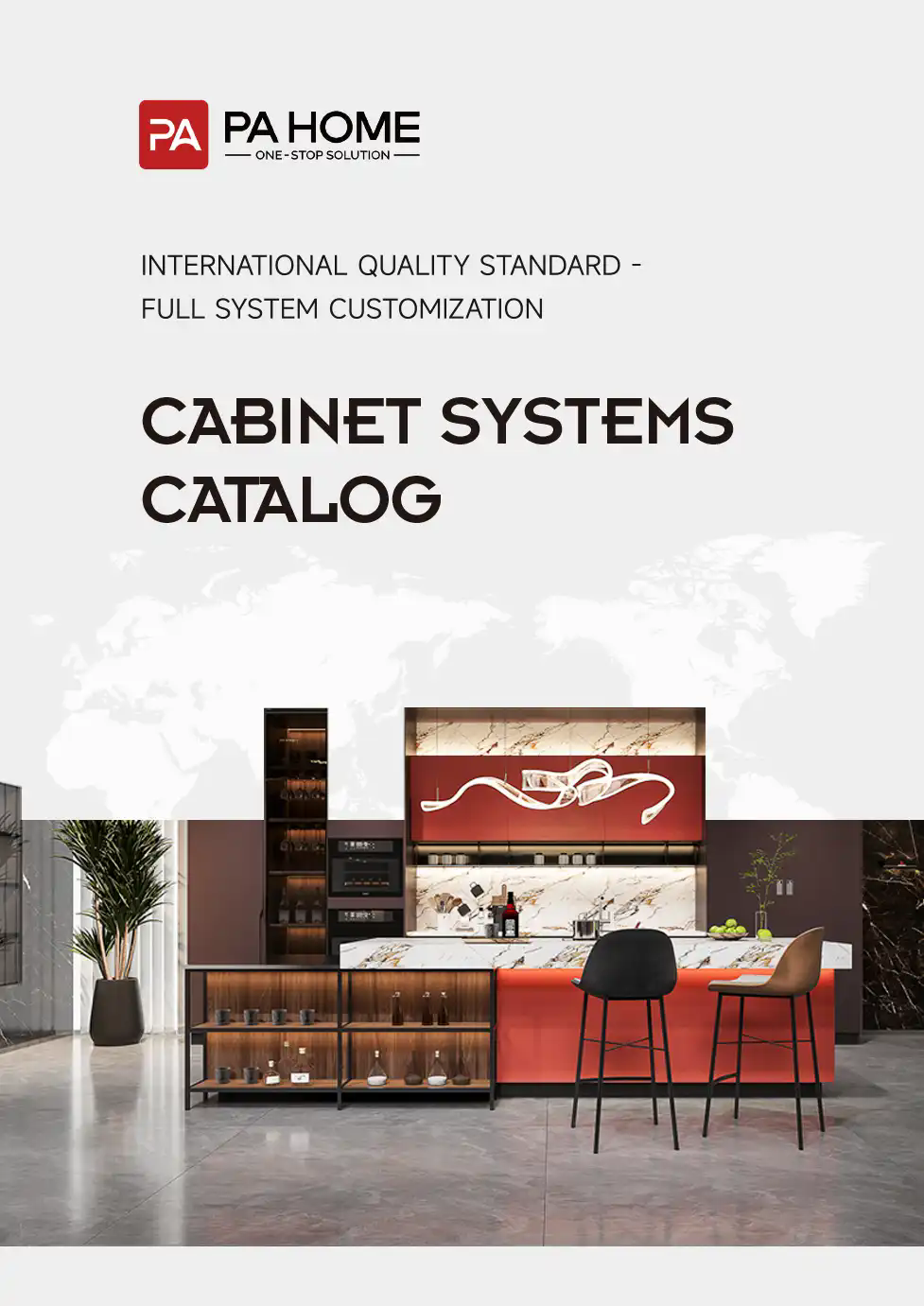Cabinet Materials System
Cabinet Board Materials
Our market research revealed that many well-known local brands use 5-7 layer plywood, a material that falls short of our quality benchmarks. At PA, we source our materials from China, and our factory also caters to export demands in the United States. This means we tailor our products for the local market while adhering to the high standards of European and American materials. We utilize 11-layer plywood that meets the E0 standard, highlighting the robustness and exceptional quality of the materials we use.

solid wood particle board
Solid wood particle board is an engineered wood product made from wood chips, sawmill shavings, or sawdust, combined with a synthetic resin or another appropriate binder. This mixture is then pressed and extruded to form the board. It is denser and more uniform than traditional wood and plywood, making it a popular and cost-effective alternative in furniture manufacturing, cabinetry, and paneling due to its uniformity and affordability.
Benefits of Solid Wood Particle Board:
Cost-Effective: Particle board provides a budget-friendly alternative for furniture and interior applications compared to solid wood.
Uniformity: Its manufacturing process ensures a consistent texture and appearance, free from the natural variations found in wood.
Eco-Friendly: Particleboard often utilizes wood byproducts and as a cabinet materials can promote efficient resource use and reduce environmental impact.
Dimensional Stability: Solid wood particle board maintains its shape and size, resisting warping and shrinkage in changing conditions.
Plywood
Plywood is an engineered wood product composed of three or more layers of wood veneers, or plies, bonded together. In each layer, the wood grain is rotated up to 90 degrees relative to adjacent layers. This versatile material is renowned for its strength, flexibility, and durability. Plywood is widely used in construction for applications such as flooring, roofing, and wall paneling, and it’s also popular in furniture-making and cabinetry. The key to its strength lies in its cross-grained structure, which helps distribute loads evenly across a larger area, thereby increasing its stiffness and overall strength.
Benefits of Plywood:
Strength and Durability: The layered structure of plywood offers exceptional strength, making it ideal as a cabinet materials for both residential and commercial use.
Versatility: It can be used in a wide range of applications, including cabinetry, flooring, and construction.
Resistance to Cracking: The alternating grain structure helps prevent cracking and splitting, ensuring long-lasting performance.
Lightweight: Despite its strength, plywood is relatively lightweight, making it easy to handle and transport.
Eco-Friendly: Made from renewable wood sources, plywood is often considered more sustainable compared to solid wood.
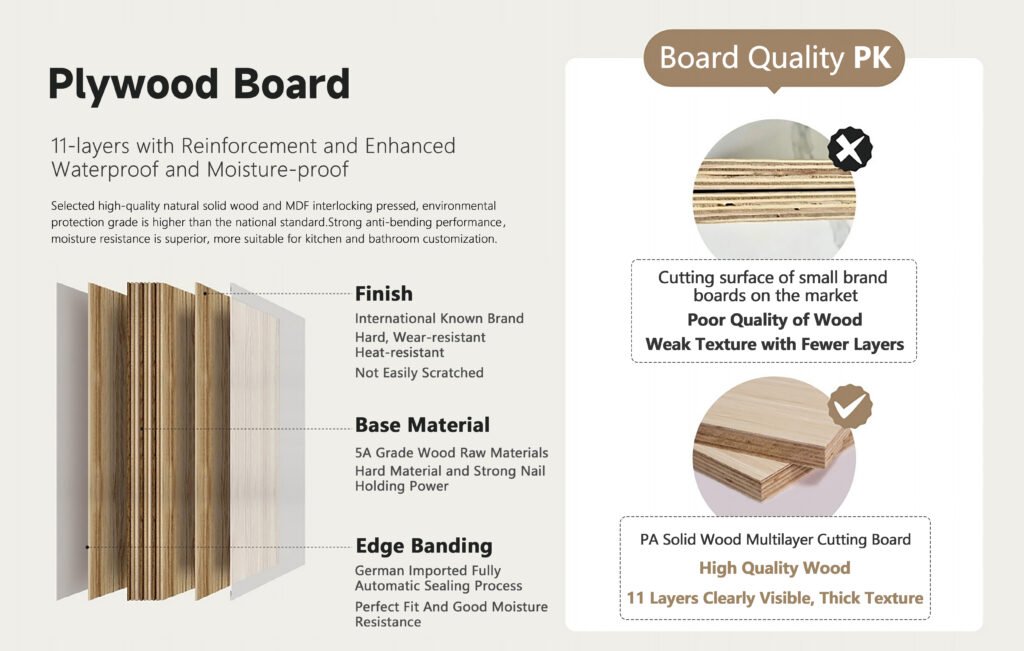
Medium-Density Fiberboard
Medium-Density Fiberboard (MDF) is an engineered wood product created from hardwood or softwood residuals. These wood fibers are broken down, typically in a defibrator, then combined with wax and a resin binder. The mixture is then formed into panels through the application of high temperature and pressure. MDF is generally denser than plywood, making it a versatile material for various applications like cabinetry, furniture, and molding. One of its key advantages is its smooth surface and uniform density, which allows for easy cutting and shaping without the risk of splintering.
Benefits of Medium-Density Fiberboard (MDF):
1. Consistency: MDF offers uniform density and thickness, ensuring predictable strength and behavior during cutting and shaping processes.
2. No Splintering: Due to its lack of grain, MDF does not splinter, making it safer to handle and providing cleaner cuts and finishes.
3. Workability: MDF is easy to drill, machine, and smooth, streamlining manufacturing and finishing processes and saving time.
4. Stability: MDF is resistant to changes in heat and humidity as a cabinet materials, reducing the risk of warping or cracking.
Solid Wood
Solid wood, directly sawn from trees, preserves its natural fibers and distinctive grain patterns, unlike reconstituted or engineered wood. This type of wood is prized for its strength and visual appeal. It’s extensively utilized in high-end furniture, flooring, and carpentry owing to its longevity and the potential to be refinished and renewed over time.
Ready to design your dream house?
"Materials ofFinishing and Decorative Panels"

melamine finish
This material is crafted from computer-printed paper pulp that effectively mimics a broad spectrum of colors and natural wood textures, providing a strong tactile experience. The surface is both wear- and corrosion-resistant, making it durable for various applications. Economically viable, it boasts a high cost-performance ratio, being mass-produced for affordability without sacrificing quality. The finish is wear-resistant, flame-retardant, scratch-resistant, and capable of withstanding exposure to both acid and alkali. Its solid construction ensures a smooth, non-deforming surface with vibrant colors.
These panels, suitable for flat surfaces and available in core materials like solid wood particle board, multilayer solid wood, or MDF (with custom options for MDF in unique applications), offer a polished look with edge banding.
Thermofoil/PVC
Vacuum-Pressed Boards, created using precise vacuum press lamination, are known for their smooth finish, moldability, and authentic wood grain appearance in various rich colors. Constructed from cabinet materials like medium-density fiberboard (MDF), these boards can be intricately shaped using advanced CNC machinery, resulting in a pronounced three-dimensional effect. The finished products are not only visually appealing but also highly resistant to heat, stains, and fading, ensuring they remain free from cracking or deformation. In the industry, these panels are highly regarded as “flawless” door panels, celebrated for their exceptional quality and durability as kitchen cabinet materials.


High-Pressure Laminate (HPL)
High-pressure laminate (HPL) is known for its strong surface hardness and significant wear resistance. This material offers high temperature resistance and excellent impact resistance, making it ideal for demanding applications like cabinet materials. Its fine texture makes it resistant to stains, enhancing its durability. HPL is also appreciated for its wide range of colors and patterns, providing aesthetic versatility for various designs. Additionally, it’s easy to clean, moisture-resistant, fade-resistant, and has a smooth, pleasant feel. However, HPL is generally limited to flat applications and is not suitable for contoured or shaped designs.
Real Wood Veneer
Real Wood Veneer uses medium-density fiberboard (MDF) as the base material, topped with a dual layer of real wood veneer. This technique effectively eliminates color inconsistencies and defects commonly found in natural wood, ensuring uniform texture, color, and appearance. Compared to solid wood, real wood veneer is more cost-effective while still offering the aesthetic appeal of real wood. It is a popular choice for cabinet materials due to its balance of beauty and affordability.
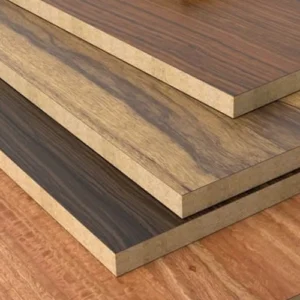

Platinum Board with UV Coating
This cabinet materials, enhanced with American-imported platinum paint and UV-treated for a protective finish, boasts a high-gloss, mirror-like surface and dual-tone edging for striking aesthetics. Resilient against scratches, discoloration, and chemical corrosion, it is primarily made with MDF. Not only does it resist wear and deformation, but its vibrant colors and easy-to-clean nature make it a practical and stylish choice for modern settings, especially for kitchen cabinet materials and other cabinet materials.
BMW Baking Paint Finish
This cabinet materials, enhanced with American-imported platinum paint and UV-treated for a protective finish, boasts a high-gloss, mirror-like surface and dual-tone edging for striking aesthetics. Resilient against scratches, discoloration, and chemical corrosion, it’s primarily made with MDF. Not only does it resist wear and deformation, but its vibrant colors and easy-to-clean nature make it a practical and stylish choice for modern settings, making it an ideal option for cabinet materials.


Titanium-Gold Vitreous Panel (Glass)
This product uses nanotechnology and fine quartz sand, treated at high temperatures for a knife-scratch-resistant, durable surface with a delicate texture. It features waterproof, moisture-proof qualities, high brightness, easy cleaning, and corrosion resistance. The core is made of multi-layer solid wood plywood, complemented by aluminum alloy edge banding with integrated handles.
rock slab
The selected material, 3mm sintered stone, stands out for its temperature stability, remarkable durability with a Mohs hardness of 6-7, and easy maintenance due to its antibacterial properties. However, its high cost and complex installation process are significant drawbacks. The main surface finishes include:
Matte:This unpolished finish is the most common for sintered stone on the market.
Satin: Offering a gently polished feel, the surface has a silky texture.
Soft Light: This polished finish has a luminosity of 39–65 degrees and fine pores, making it slightly less resistant to stains.

